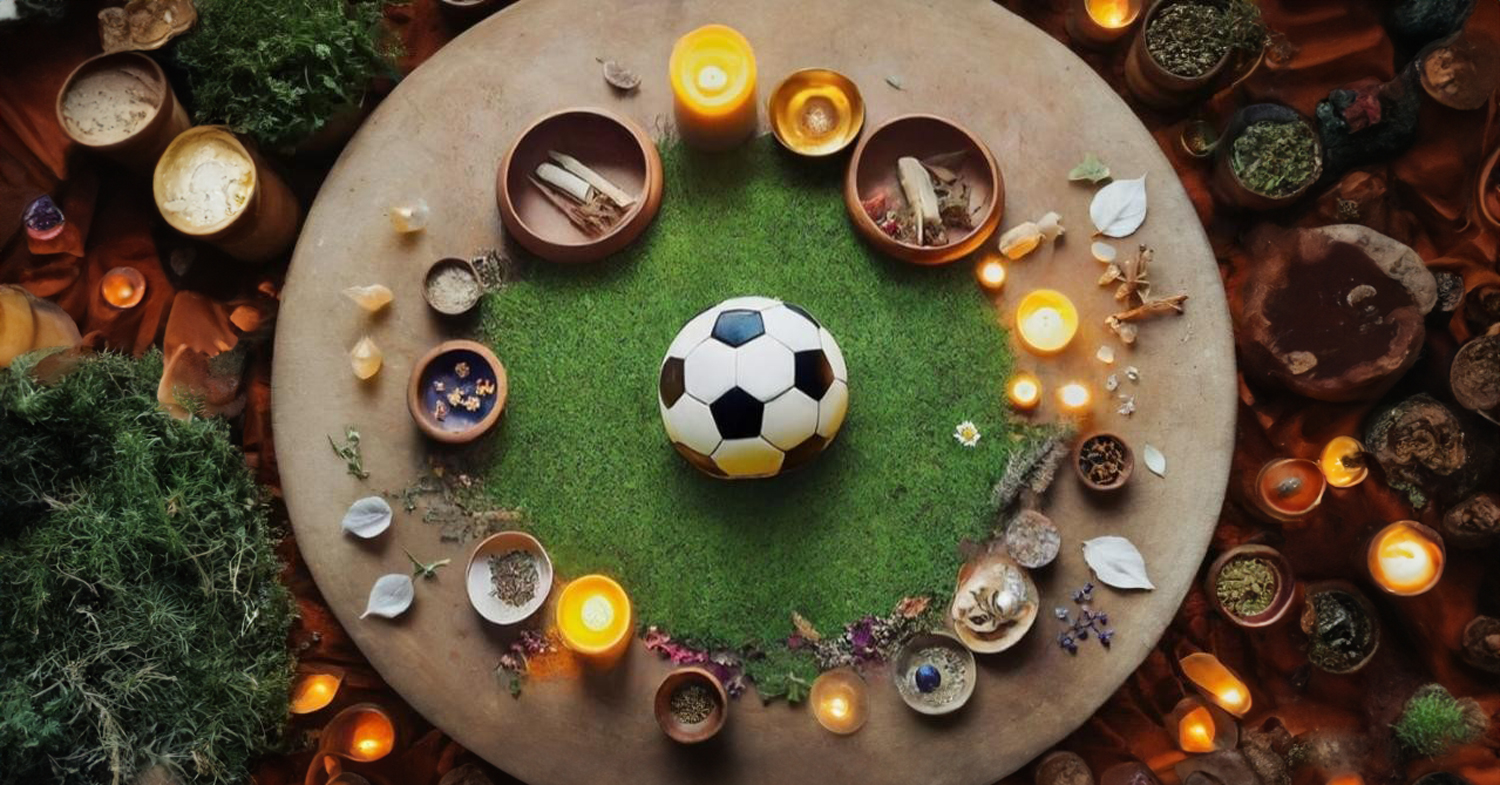The History of Halloween
17th Oct 2024
Halloween is a celebration steeped in tradition and ritual, so as we get ready to carve our pumpkins and adorn our costumes at the end of the month, BlytheRay asks: what is the history behind its various conventions?
Trick-or-treating, carving pumpkins, dressing as a ghost, eating toffee apples, lighting bonfires, and watching or telling horror stories are among Halloween’s plentiful customs and traditions, and behind each one is a story of culture and history spanning across the centuries.
Halloween itself is in part an evolution of the Celtic Sahmain festival, and trick-or-treating also has Celtic roots. Going back as far as the sixteenth century, there are records of ‘guisers’ going from house to house in Scotland and Ireland, performing in disguises in return for treats. The tradition spread to North America in the early twentieth century, and it is during this time that, in 1917, the phrase ‘trick-or-treat’ is thought to have come into use for the first time. It was not, however, until the 1980s that the term was popularised in Britain, thanks in part to Steven Spielberg’s E.T., when the loveable alien mistook a trick-or-treating child dressed as Yoda for his own kind.
The tradition of costume wearing on Halloween is also thought to have originated from Sahmain and other Celtic festivals. The belief was that dressing as a ghost would ward off spirits at a time of year when the veil between the living and the dead was at its thinnest. However, others have suggested that Western Europe’s custom of ‘souling’ was the inspiration for our modern costume-wearing, whereby disadvantaged children would dress up and knock on doors, collecting ‘soul cakes’ in return for prayers or songs. Dressing as characters from popular culture, rather than something frightening or supernatural, is a more recent phenomenon, dating back to the 1930s with the rise of radio, and later television.
Placing candles inside carved pumpkins is another Halloween favourite and is a tradition that can be traced back to the nineteenth century. In Britain and Ireland, ‘Jack-o’-lanterns’, as they are sometimes known, are thought to have either represented, or be used to ward off, evil spirits, or perhaps even to have signified Christian souls in purgatory. In North America, the carved pumpkin was a symbol of harvest before it later became a symbol of Halloween.
For those with a sweet tooth, perhaps toffee apples are preferable to pumpkins at this time of year. These sweet treats were traditionally consumed around Halloween and Guy Fawkes Night as they occurred at the time of the apple harvest. American candy-maker William Kolb is accredited with inventing them in New Jersey in 1908, when he experimented with red cinnamon for the Christmas trade. He would sell thousands a year and their popularity eventually spread to other states and countries.
We hope that this has provided an insight into Halloween, whether that be a history lesson on activities steeped in centuries of tradition, or a reminder to stock up on sweets before the big night on 31st October.

 X.com
X.com LinkedIn
LinkedIn

